You are here
Back to topChinese Breeders Unveil World’s First Longan/Lychee Hybrid
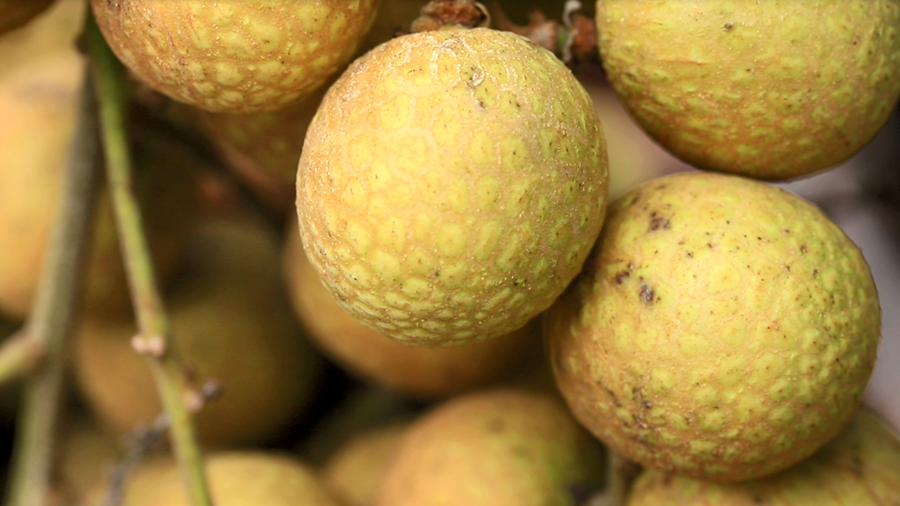
A university breeding program in China has produced what is thought to be the world’s first commercially viable hybrid cultivar of longans and lychees, according to Chinese media reports.
Longans and lychees are close cousins that are grouped, along with rambutans, in the Sapindoideae subfamily of the soapberry family. To create the new hybrid, scientists at the South China Agricultural University School of Horticulture cross-pollinated a female longan tree of the Shixia (石硖) variety and a male lychee tree of the Ziniangxi (紫娘喜荔) variety. The resulting cultivar has been named Cuimi (脆蜜) SZ52, a name that roughly translates as “crisp honey.”

Although the hybrid shares traits with both sides of its lineage, it should properly be considered a longan cultivar, according to professor Liu Chengming, who leads the breeding team.
The Cuimi hybrid fruits have a greenish-yellow skin with a red blush and a subdued version of the distinctive lychee dimpling. Each fruit weighs 11.5 grams on average. The ratio of flesh to seed is relatively high and the flesh is reportedly juicy and sweet.

In addition to its purported strong eating qualities, the breeders report that the hybrid has two other key characteristics that could propel its successful commercialization and widescale adoption: cold hardiness and late maturation.
Improved hardiness and frost resistance could expand the production area for this fruit beyond China’s traditional longan- and lychee-growing areas. The first experimental plots were planted in 2017 and there are now Cuimi trees growing in Guangdong, Sichuan and Chongqing. Some of these trees have already seen temperatures dip to as low as −4 degrees Celsius with only minimal damage. Longan trees growing in the same plot, meanwhile, suffered severe frost damage.
The Cuimi hybrid fruit matures about 15–20 days later than its mother variety, Shixia longans. This could help prolong the short season for longans and lychees and potentially supply the market during the Mid-Autumn Festival, which falls in September or early October.
Because Cuimi is a new fruit, there is little commercial production so far. However, one production base in Conghua District in Guangdong was planted in 2021 and the trees are already starting to bear fruit. For this year, the estimated output will be only 4,000 to 5,000 kilograms and the entire crop has already been reserved by pre-order. This means that the vast majority of potential consumers will need to wait until next year or beyond to try this exciting new fruit.
Images: South China Agricultural University
This article was translated from Chinese. Read the original article.



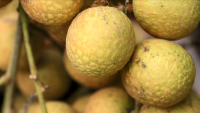

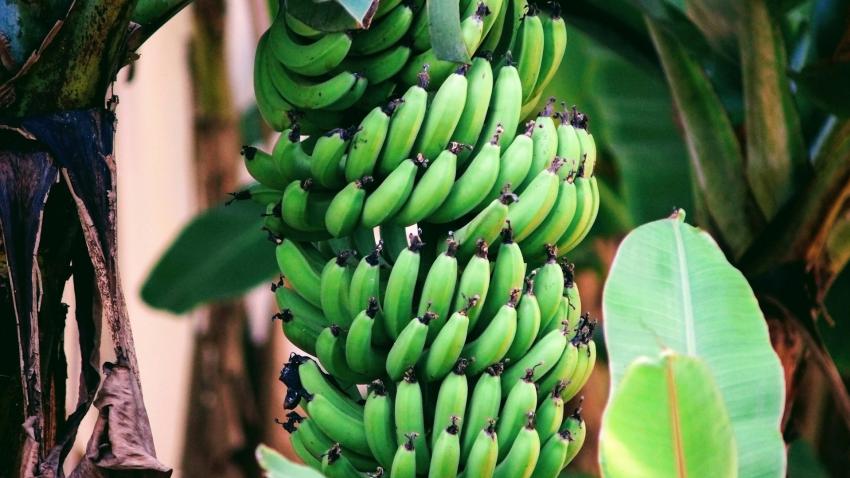
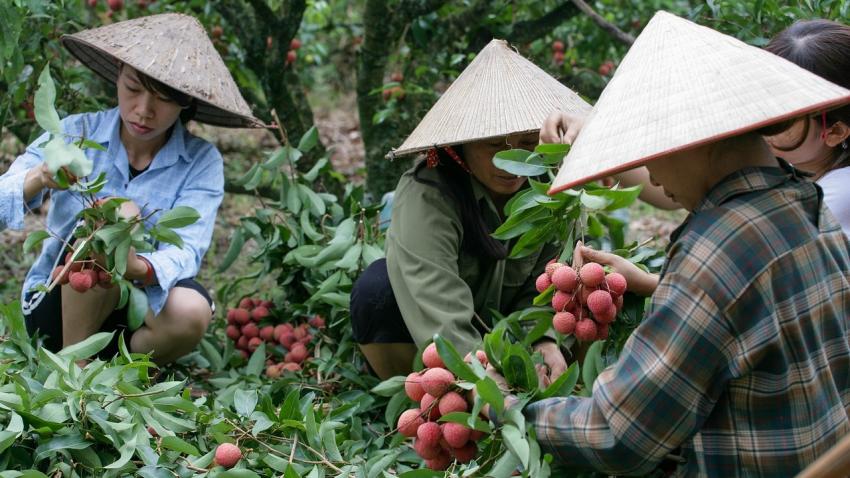
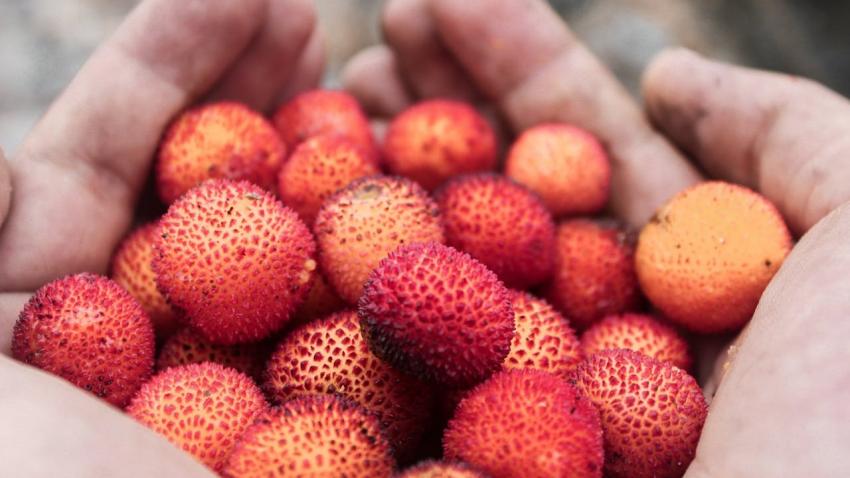







Add new comment